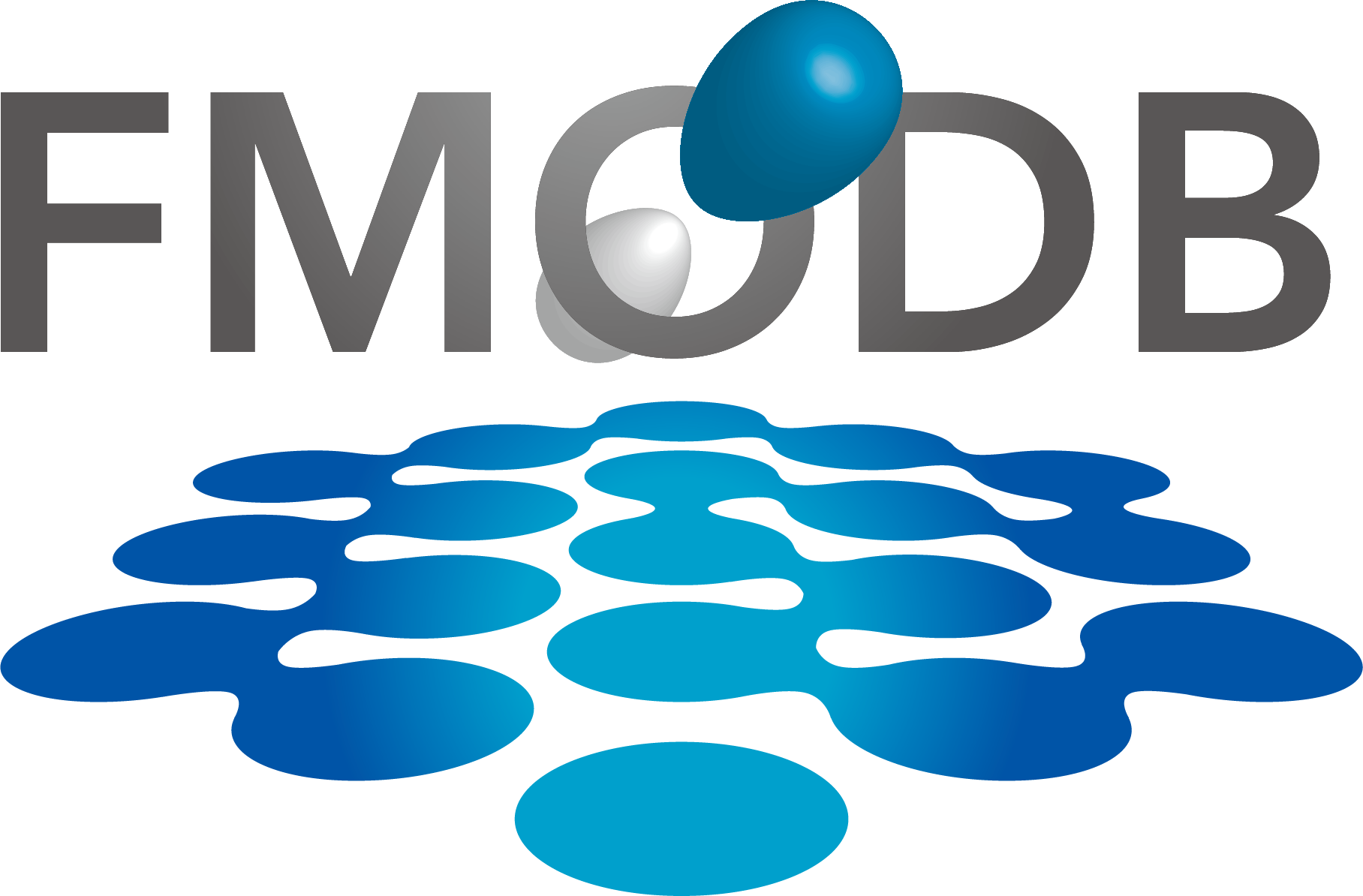
Citation Policies 引用ポリシー
References and Examples 参考および例
- Cite an FMO calculation data entry using its FMODB ID. For example: FMO計算のデータエントリはFMODB IDで引用してください。例:
- FMODB should be referenced with the [URL] https://drugdesign.riken.jp/FMODB/ and the following citation: FMODBは、[URL] https://drugdesign.riken.jp/FMODB/ と以下の引用文を使用して参照してください:
If you introduce FMODB itself, the web interface, or register FMODB data, please cite the following paper [1].
FMODB自体の紹介、Webインターフェースの紹介、FMODBデータの登録を行った場合は、以下の論文[1]を引用してください。
If you have made secondary use of FMODB data, surveyed FMO data collection, or used the Auto-FMO protocol, please cite the following paper [2] in addition to the above paper [1].
FMODBデータを二次利用した場合、FMOデータセットを使用して調査した場合、またはAuto-FMOプロトコルを使用した場合は、上記の論文[1]に加えて、次の論文[2]も引用してください。
Usage Policies 利用ポリシー
All FMO calculation data and illustrations are available under CC BY-SA 4.0 license, except for screenshots of "Ligand Interaction” and “Ligand structure” made by MOE software. 全てのFMO計算データおよび図は、MOEソフトウェアによる"リガンド相互作用"および"リガンド構造"のスクリーンショットを除き、CC BY-SA 4.0ライセンスの下で利用可能です。
Please contact us if you use these illustrations. これらの図を使用する場合はご連絡ください。
Logo Download Logoのダウンロード
